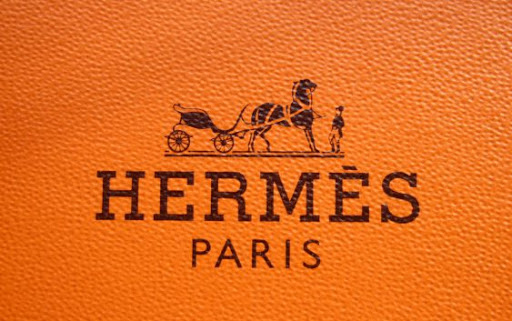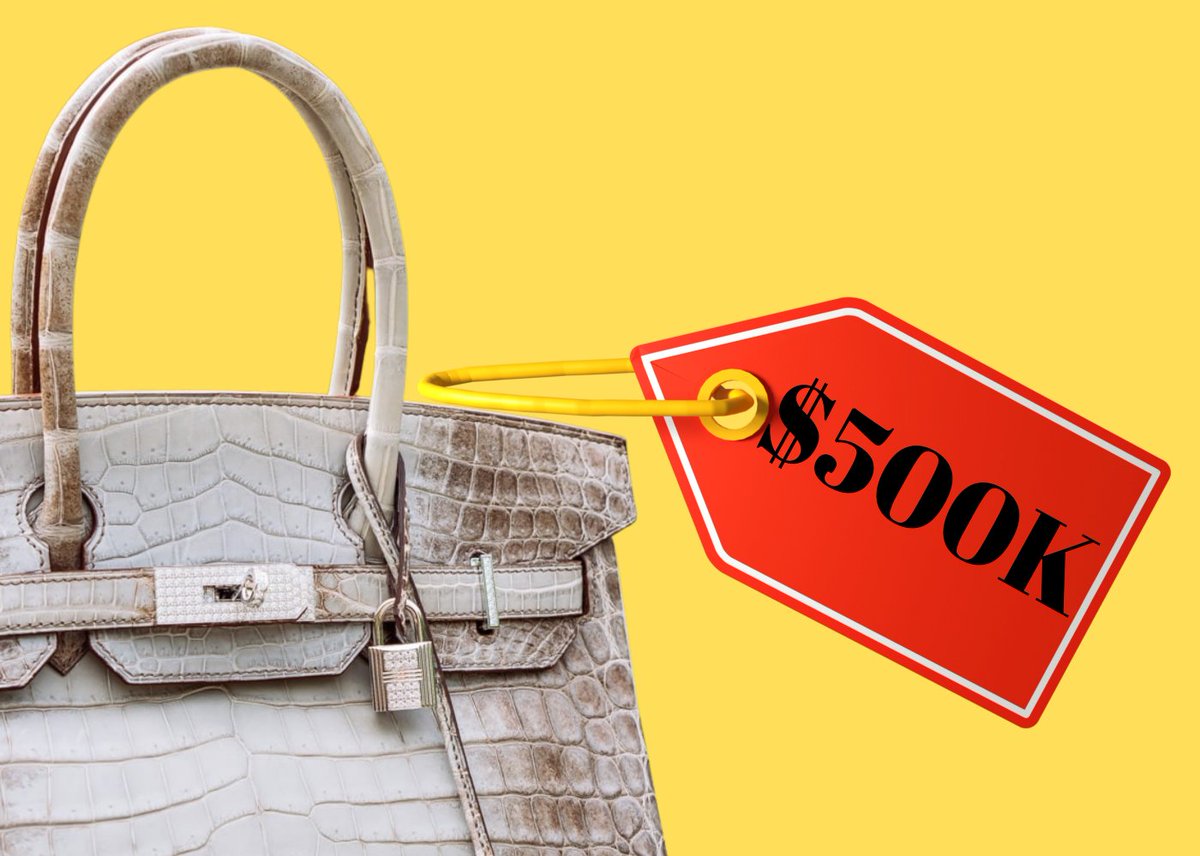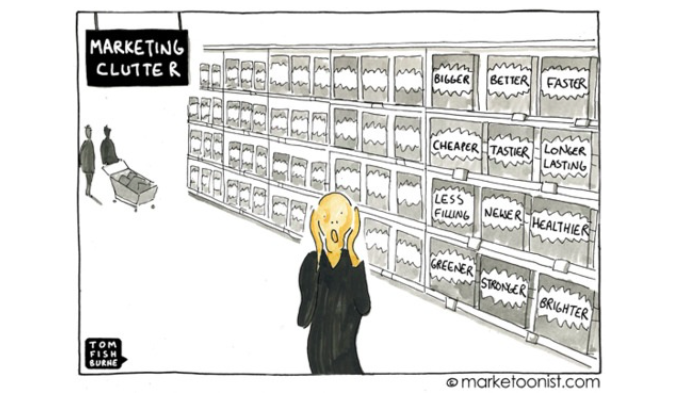
In the early 90s, Elon did an internship at Scotiabank in Canada.
Instead of offering college-aged Elon the CEO job, Scotiabank made the greatest corporate gaffe ever and let him go.
Musk ($320B) is now worth 4x Scotiabank ($80B).
LESSON: People are your most important asset.
Instead of offering college-aged Elon the CEO job, Scotiabank made the greatest corporate gaffe ever and let him go.
Musk ($320B) is now worth 4x Scotiabank ($80B).
LESSON: People are your most important asset.

More seriously, Musk pitched his Scotiabank boss a bond trade that would have crushed it and they said “no”.
The experience convinced him to take on the stodgy financial sector (aka led to X and PayPal).
The experience convinced him to take on the stodgy financial sector (aka led to X and PayPal).

Follow @TrungTPhan for other hard-hitting business lessons
https://twitter.com/trungtphan/status/1449848591942504449
• • •
Missing some Tweet in this thread? You can try to
force a refresh






















